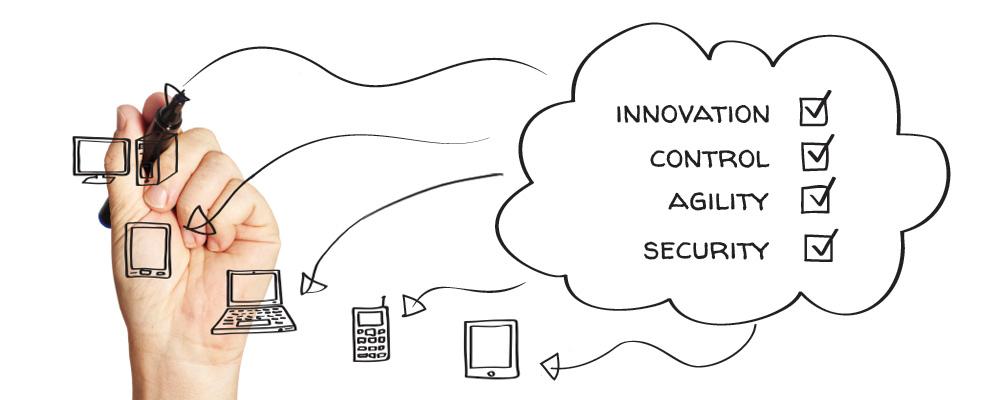Two years ago, the cloud was something tech companies were suggesting we get excited about. But for the average user, the power of cloud technology was amorphous. Now we’re hearing all about cloud apps and the “Internet of Things.” Everyone knows they should adopt the cloud—it’s faster, cheaper and safer for your data. The real question is, why aren’t more companies adopting?
Concerns of the Past
This was a typical business response to cloud adoption in 2013. In the undisclosed future, a business (might) be interested in adopting a cloud platform. Maybe. I’m not poking fun at these business leaders; they had reasons to be worried. Public clouds have been criticized for their security gaps and their vulnerability to everyone from hackers to the NSA. On top of that, the cloud is just… new. So you have a new platform that is under scrutiny and possibly vulnerable to attack.
So, why would your organization migrate to the cloud in 2014? Because the cloud continues to become more versatile, reliable and secure. Let’s look at some improvements that are going to be big in the coming year:
SaaS. Software as a Service is going to grow by 14.7% this year, but what exactly does that mean? Put simply, SaaS is any application that can be accessed via the cloud, usually through a web browser. A great example would be Office 365. Previously, this program had to be put on every organization’s computer and required a large IT budget to get the job done. Now, companies can access what they want when they want it via the cloud. SaaS is also cheaper than typical enterprise software—companies are renting what they need instead of buying large software packages they might not fully employ.
The Hybrid Cloud. If everyone has access to your cloud, how safe is your information? Many organizations have opted for the hybrid cloud to ensure data availability while still protecting their sensitive materials. In brief, the hybrid cloud is a combination of a company’s own private cloud platform and the public cloud that all employees can access. This mix of openness and security allows for a greater employee adoption while still protecting organizational data. For that reason, Gartner predicts half of all large organizations will have a hybrid cloud by 2017.
Encryption. If 2013 was the age of NSA revelations, 2014 may very well be the Age of Encryption. And this is a good thing. Encryption of sensitive data allows an organization to move onto a cloud platform with less fear of breach. Not only have huge companies like Google and Windows pledged to encryption their data, but now smaller organizations can afford SaaS encryption. Companies like Vaultive offer encryption-in-use technology that protects sensitive data at every stage of delivery, even while it is being deployed by the end user.
As you can see, not only are cloud platforms getting more secure, but they are allowing an unprecedented level of control and customization. That optimization can lead to real savings on software and time, especially for smaller organizations. Cloud innovation has already happened. Now innovations will get refined for all users. The real question is, when are you going to adopt?
Interested in migrating to a cloud platform? Please contact us.




